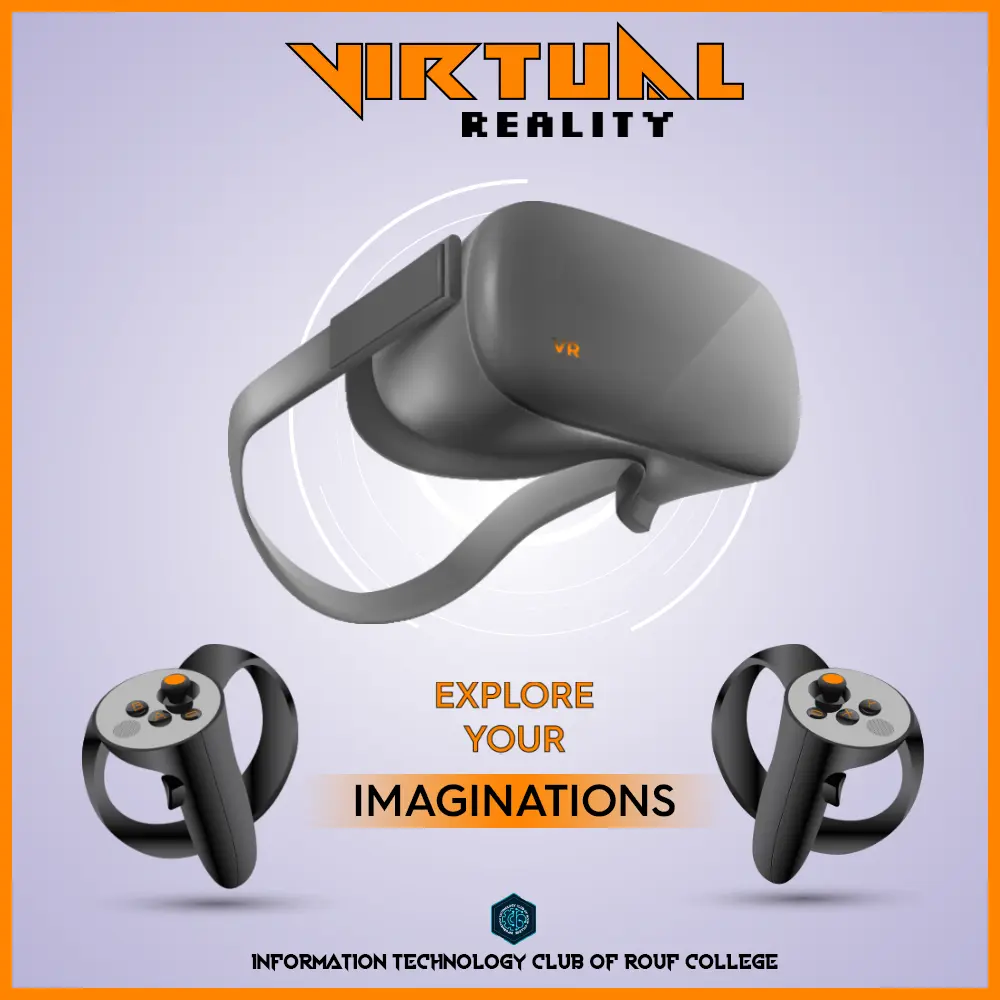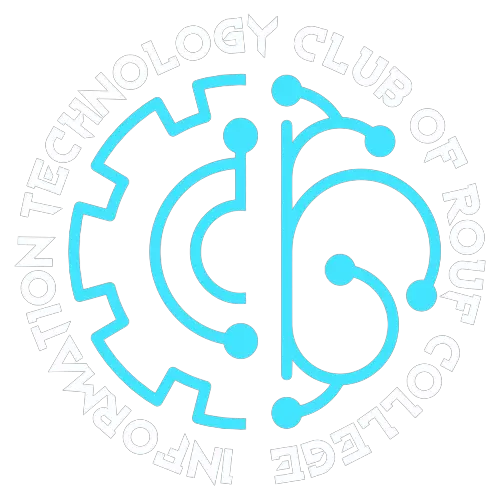Virtual Reality revolution

Article Credit: Rubaiya Rahman
VR revolution: A Thrilling Odyssey Through The Digital Dimension
Today’s most popular and revolutionary technology “Virtual Reality” or “VR” is like stepping into a mind-bending computer-generated three dimensional realm. It is a place where users wear a futuristic headset looking like space-invaders and suddenly find themselves in a thrilling 3D universe where every move and gestures are transformed into an appealing experience. The origin of this remarkable technology was first introduced in the 1960’s, with Morton’s creation of the “Telesphere Mask” and the “Sensorama”. The “Ultimate Display” was an idea developed by Ivan Sutherland which furthered the experience of VR. Following to the creation of the “Sensorama” and the idea of the ultimate display in the 60’s, VR technologies went under a significant development after that time. The technological applications of VR have advanced to a point where they can be applied to an extensive range of fields. Such as-
1. Industrial Simulation Application:
VR simulations have many applications that can span from training simulation to prototyping, designing and testing tools and objects. Some commonly used VR simulations in the industrial domain including driving simulators, flight simulators for pilots and combat simulators for military personnel; all of which provides training to users in highly dangerous circumstances without putting them at risk during the training process.
2. Education:
Educational applications of VR have not been utilized much yet, but there are many promising examples and studies of how beneficial VR can be in an educational environment. Using VR can help increase student’s attention and also allocates the oppurtunity for students to construct and practice their own knowledge by engaging in meaningful experiences. Furthermore, students are able to immersively engage in educational activities and gain a better understanding of the topic at hand.
3. Public Health:
Another domain in which VR has been utilized is within public health and wellness. It provides profound training for medical personnels, help medical students learn procedures in realistic virtual environments. Medical professionals and surgeons can also be advantageous to this technology. Patient-Specific Virtual Reality simulations (PSVR) is a technology that allows doctors to practice actual upcoming operations in VR.
4. Entertainmemt:
VR is a gateway to the astonishing entertainment experiences. Users can watch 360° videos and enjoy movies or shows in virtual environments. Gaming has cascaded in popularity with accessible headsets and games like Beat Saber and Super-Hot. VR transforms the gaming experience, blocking distractions and elevating player presence enabling a new level of immersion. In conclusion, virtual reality is a technology that has rapidly evolved over the years, offering immersive experiences in numerous fields, from gaming to health care and education. Its potential for shaping the future is monumental.
As VR technology becomes more attainable and affordable, it is poised to revolutionize the way we interact with digital content. With ongoing advancements and creative applications, the future of VR holds exhilarating promise for both consumers and businesses alike.
